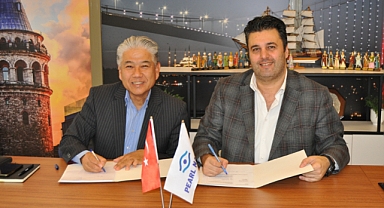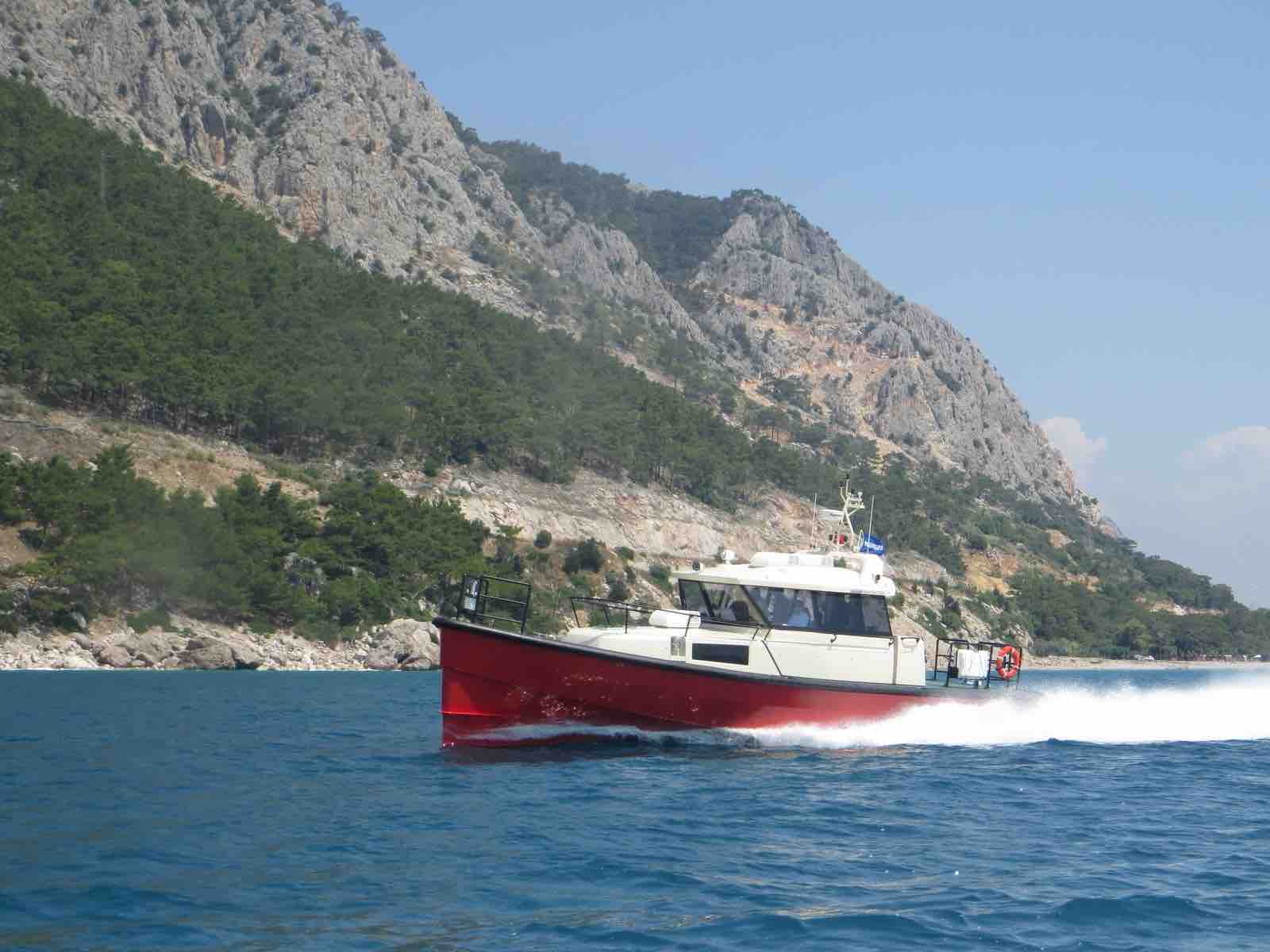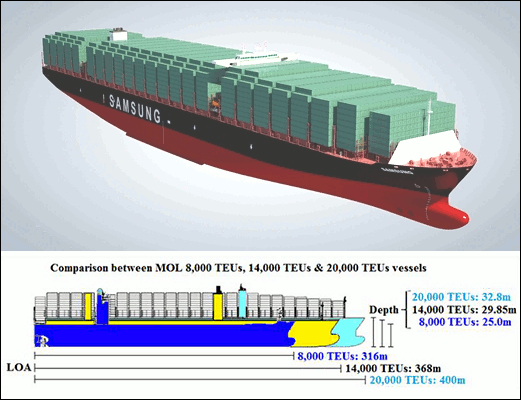A DECLINE in Somali piracy has prompted leading shipping organisations to reduce the geographic boundaries of the 'High Risk Area' for piracy, reports London's Tanker Operator.
Global shipping industry associations BIMCO, ICS, INTERCARGO and INTERTANKO will reduce High Risk Area boundaries to the Yemeni and Somali Territorial Seas and Exclusive Economic Zones in its eastern and southern reaches, said the report.
The organisations, in consultation with international partners, will also take a comprehensive new approach to assessing international maritime security threats to allow shipowners and operators to fully gauge the risk of voyages worldwide. This second step is expected to be completed by 2022.
High Risk Areas were designated at the height of the Somali piracy threat in 2010 to show shipowners, operators, and seafarers where pirates operated and where extra vigilance was required.
Subsequent updates have reflected the changing nature of threats in the region, including the successful suppression of Somali pirate action. Somali pirate groups have not attacked a merchant vessel since 2017, while new asymmetric threats from local conflicts and insurgents have emerged as well as piracy off West Africa.
Said ICS secretary general Guy Platten: 'High Risk Areas are outdated and misleading. At the height of the crisis they were essential in raising awareness of the Somali pirate threat and the need to apply mitigation measures.'
Said BIMCO secretary general David Loosley: 'The current form of the High Risk Area is no longer the best way to guide maritime security risk management processes. The next logical step is to develop a global, threat-based concept which captures how ships of various type, size, nationality, ownership etc face different risk levels.'
Said INTERTANKO managing director Katherina Stanzel: 'This new designation is an interim measure to allow for the continued application of BMP 5 whilst the co-authors undertake substantive work to address maritime security threats in a global context.'
SeaNews Turkey
Global shipping industry associations BIMCO, ICS, INTERCARGO and INTERTANKO will reduce High Risk Area boundaries to the Yemeni and Somali Territorial Seas and Exclusive Economic Zones in its eastern and southern reaches, said the report.
The organisations, in consultation with international partners, will also take a comprehensive new approach to assessing international maritime security threats to allow shipowners and operators to fully gauge the risk of voyages worldwide. This second step is expected to be completed by 2022.
High Risk Areas were designated at the height of the Somali piracy threat in 2010 to show shipowners, operators, and seafarers where pirates operated and where extra vigilance was required.
Subsequent updates have reflected the changing nature of threats in the region, including the successful suppression of Somali pirate action. Somali pirate groups have not attacked a merchant vessel since 2017, while new asymmetric threats from local conflicts and insurgents have emerged as well as piracy off West Africa.
Said ICS secretary general Guy Platten: 'High Risk Areas are outdated and misleading. At the height of the crisis they were essential in raising awareness of the Somali pirate threat and the need to apply mitigation measures.'
Said BIMCO secretary general David Loosley: 'The current form of the High Risk Area is no longer the best way to guide maritime security risk management processes. The next logical step is to develop a global, threat-based concept which captures how ships of various type, size, nationality, ownership etc face different risk levels.'
Said INTERTANKO managing director Katherina Stanzel: 'This new designation is an interim measure to allow for the continued application of BMP 5 whilst the co-authors undertake substantive work to address maritime security threats in a global context.'
SeaNews Turkey









